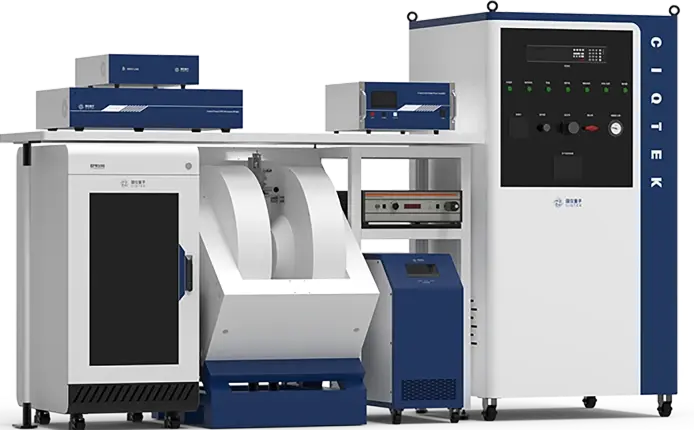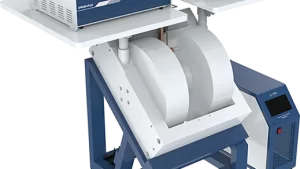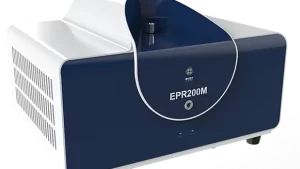Features
Diversified Experiment Scenarios
Meet different experimental needs (light, low temperature, corner, etc).
Excellent Magnetic Field Performance
Magnetic field uniformity better than 3 @ sample area and long-term stability of magnetic field better than 10 mG/h.
High-performance Pulse Probe
Sequence generator with an unlimited number of pulses, suitable for kinetic decoupling techniques with a very large number of pulses.
High-power Pulse Generator
Up to 450 W pulse power with high-performance pulse EPR probe for more efficient narrow pulse excitation.
High-resolution Microwave Pulse Technology
Microwave pulse time resolution up to 50 ps for improved spectral line resolution in pulse mode.
Applications
Quantum Computing
Electron spins in solid-state systems are one of the important carriers of quantum bits required for quantum computing research, and pulsed electron paramagnetic resonance techniques can enable the preparation, manipulation, and readout of electron spin quantum states for the study of important problems in quantum computing. Scientists have used the optimal kinetic decoupling technique to improve the decoherence time of electron spins in solid-state systems from 0.04 μs to 30 μs in gamma-irradiated malonic acid single crystals.
Biostructure Analysis
Electron-electron double resonance technique is one of the important tools for biological structure elucidation. Using the electron spin labeling technique for specific labeling of biomolecules such as proteins and RNA, the electron-electron interaction strength is measured by the EPR (ESR) technique, which can provide information on the distance between labeled sites and thus can be used for biological structure resolution. This technique can be used to measure 1.7-8.



